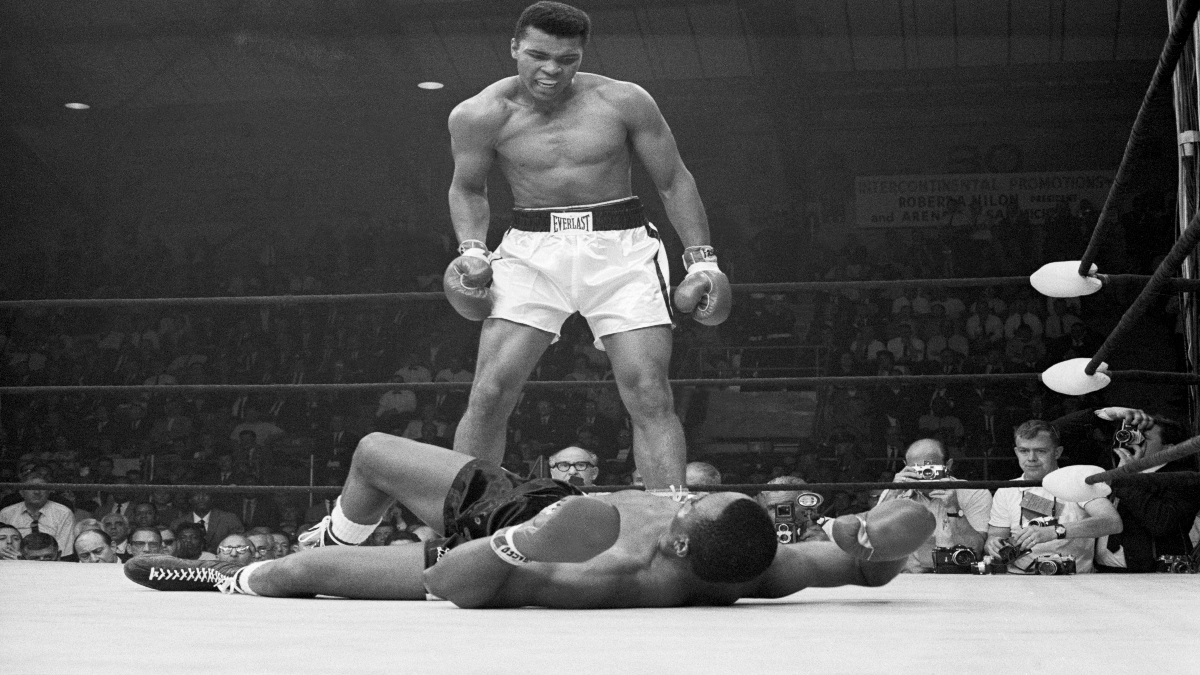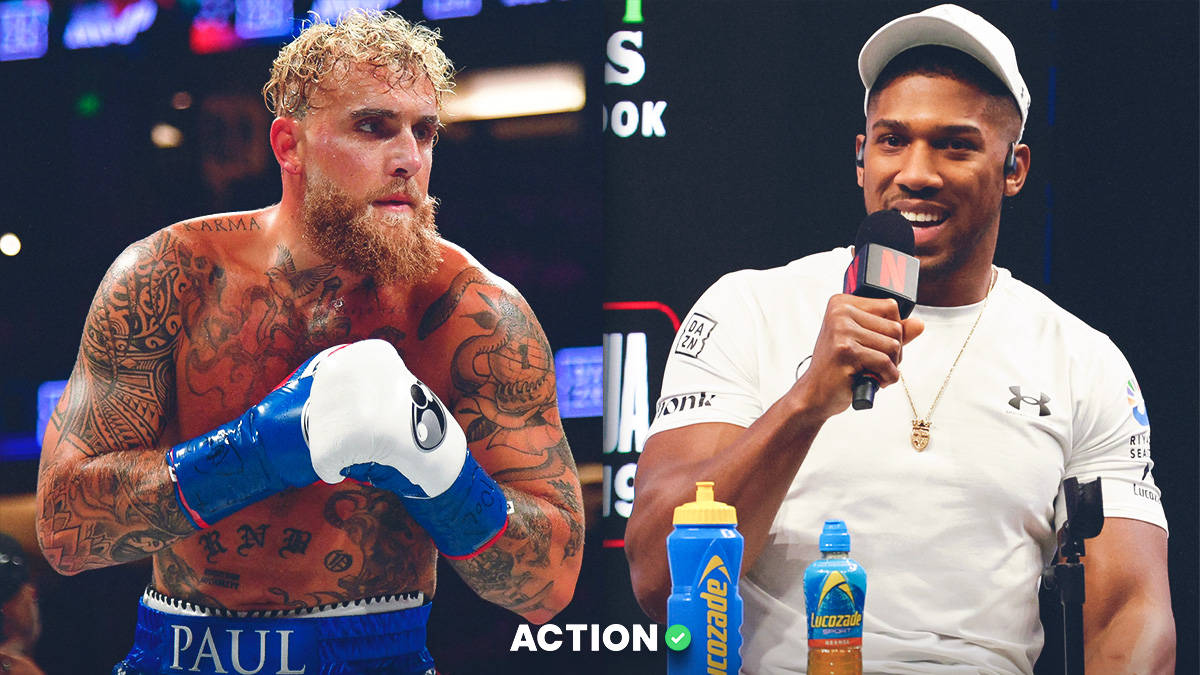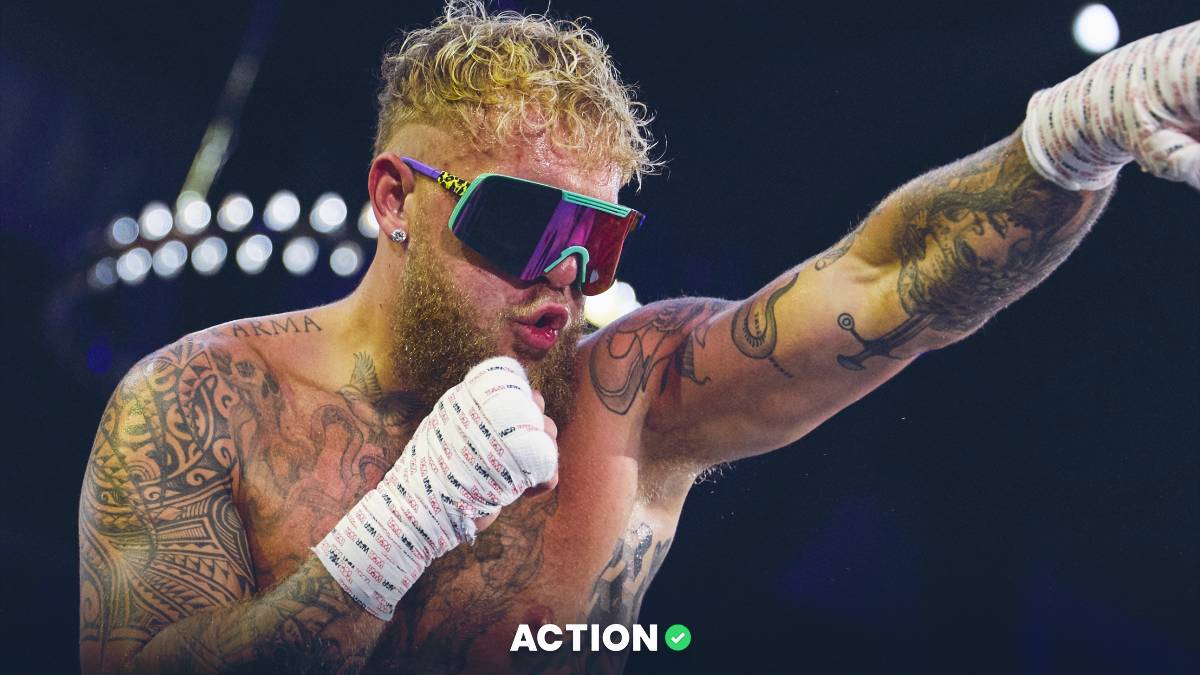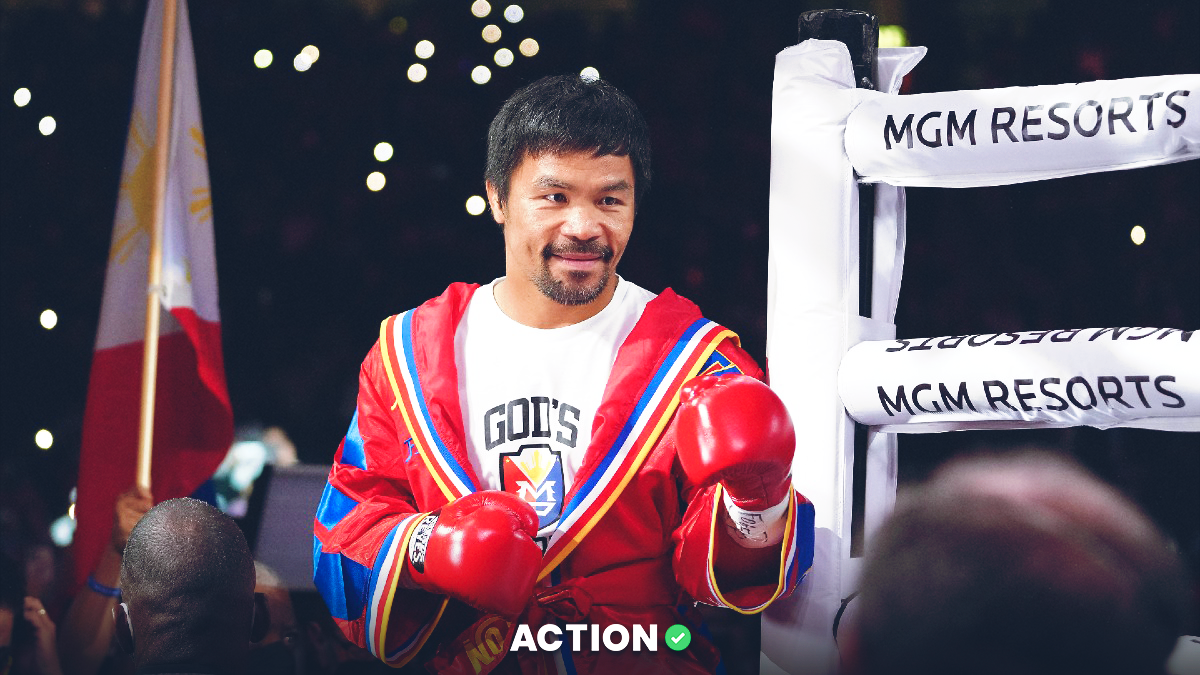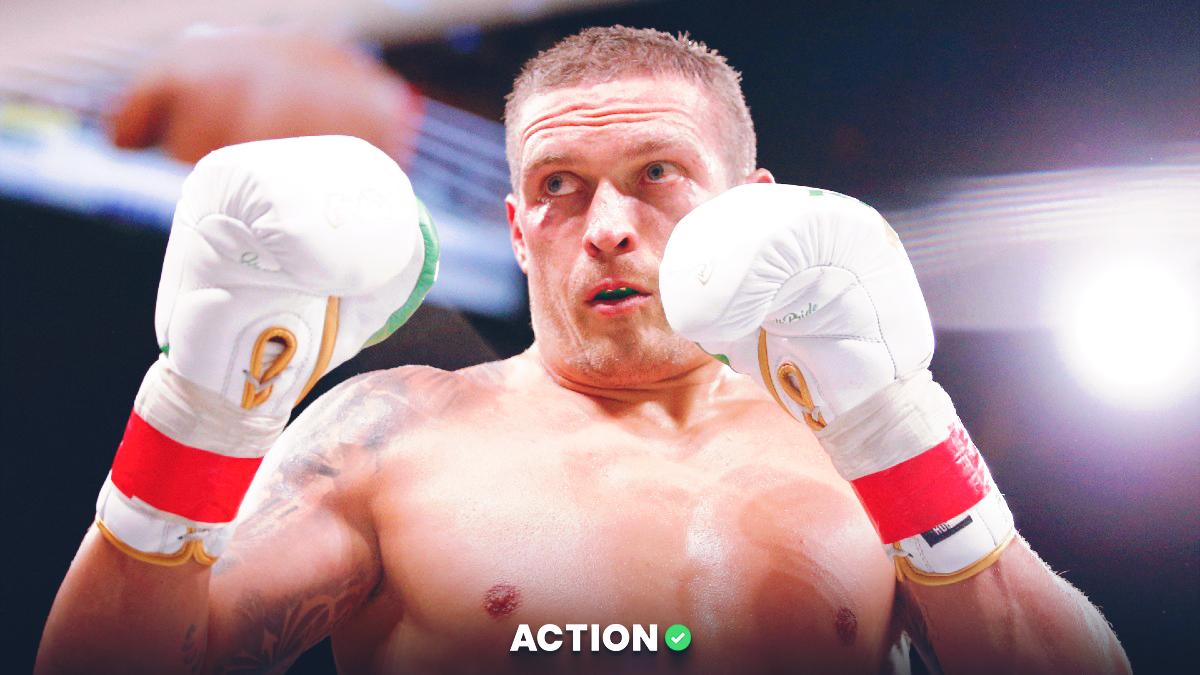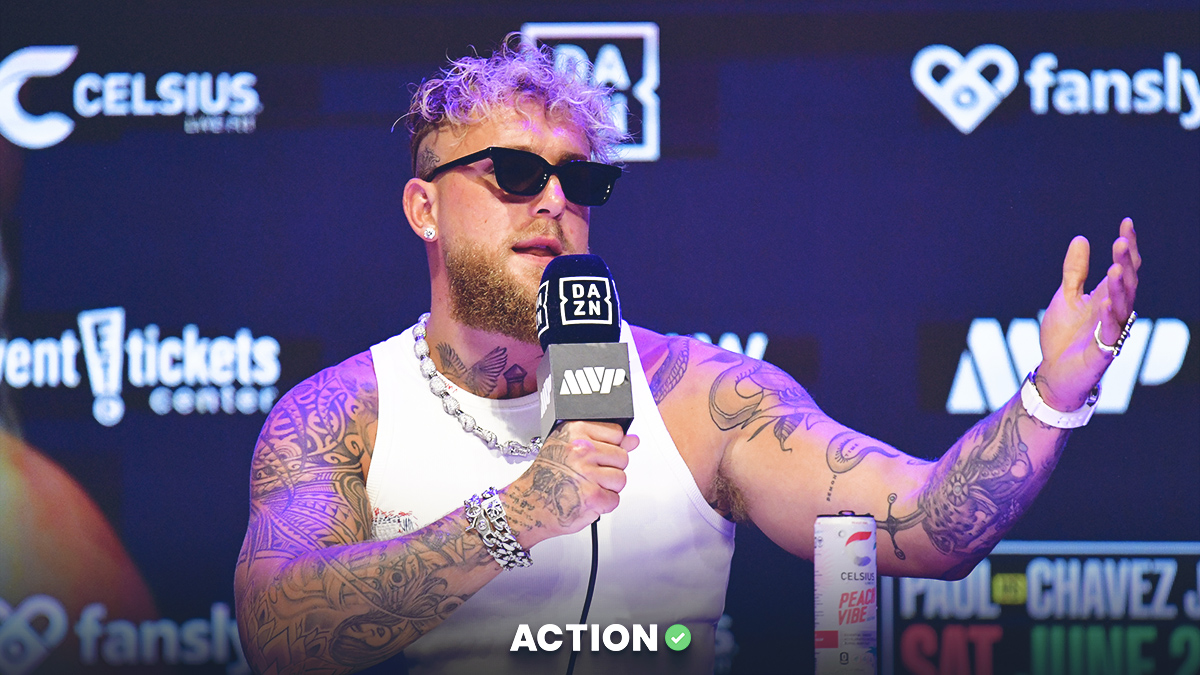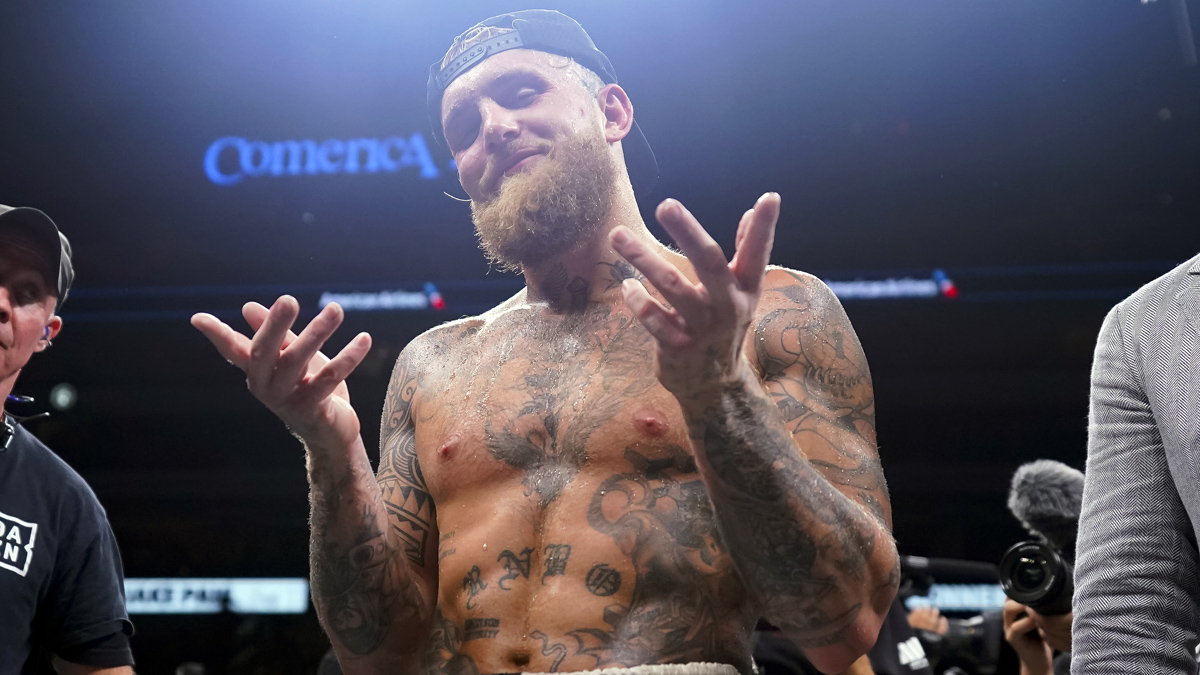On Saturday night, Heritage Auction sold one of two WBC belts that Muhammad Ali won by beating George Foreman in the 1974 fight known as the "Rumble in the Jungle" for an astounding $6.18 million.
By Sunday morning, the sale drew the collecting masses, not only because of who publicly disclosed he bought it — Indianapolis Colts owner and noted collector Jim Irsay — but because the belt was sold for more than 14 times what a similar belt was said to be worth.
"I was shocked at the price," said Craig Hamilton of J.O. Sports, a boxing authenticator, who authenticated both belts.
The question some are asking now is, was Heritage disingenuous with how it explained the belt it was selling?
In its auction description, Heritage acknowledges the other belt, but says it's "in a private museum collection unlikely to ever see the hobby's auction block."
The sentence gives the impression that no part of the belt will become available. The problem is, it is right now. Joel Platt of Sports Immortals private museum, who bought the belt in 1989, sold a 30 percent share to Collectable, the fractional sports app. Anyone could buy a piece at $10 per share at a value of $428,000 up until this morning, when its price jumped up to $1.45 million.
The belt partially owned by Collectable is signed on the belt by Cassius Clay Sr. stating: "This was the championship belt won by my son Muhammad Ali." Ali himself later wrote a note to affirm the belt's authenticity.
The belt sold by Heritage originated from the collection of Ali's cornerman Bundini Brown. Brown's items he had collected were sold in 1988 when the bill to a storage locker went unpaid.
That belt was logged as sold for $358,500 at Heritage in 2016 and, months later, at Lelands for $127,000. For what it's worth, no one publicly claimed it in their collection.
Heritage gave the impression that the belt was part of the collection of Troy Kinunen, who owns Mears, ironically a sports collectible authentication service.
It was listed as part of the Kinunen sale, a collection of more than 1,600 Ali items. And while Kinunen did once own the belt — he bought it in 2008 from a man named Jay Denham, who bought one of the original storage lockers — he didn't own it now. Kinunen did not immediately return messages seeking comment.
The belts also aren't identical. And at least one well known photomatcher says the Heritage belt doesn't match the photo that Heritage itself posted in the auction.
Justin Cornett, one of the hobby's biggest collectors known to photomatch items, told the Action Network that the Heritage belt lines are "way closer to the medallion than the belt that Ali is wearing" in the photo Heritage posted.
"No matter what angle you turn the belt, it's not the same," said Cornett, who has photomatched a 1921 Babe Ruth bat, a Ted Williams glove to his rookie season and Tiger Woods' grand slam irons.
Cornett used a photo of the belt when Spinks beat Ali in 1978 and matched the lines to the Collectable belt, not the Heritage belt.
In letters, written at different times, Hamilton called the Collectable belt "an original," while he calls the Heritage one "the original." Hamilton said he wrote the Heritage letter in 2016 and the Collectable letter in 2020.
Heritage obviously didn't include what Hamilton said about the Collectable belt, but it also didn't include what he fully said about the Heritage belt. Missing in the lot are pages two, three and four of Hamilton's authentication, which Hamilton says includes more details about the other belt.
"They are both originals," Hamilton said. "The WBC used to give away belts like this like they were M&Ms."
Chris Ivy, who heads up sports auctions for Heritage, said he couldn't comment on the authenticity of the other belt since he has never seen it in person, "But I'm 100 percent confident in the validity" of the Heritage lot.
Ivy also reconciles the difference between the market cap for the Collectable belt and the realized price in the Heritage Auction as a result of two interested bidders going back and forth.
"This is simply a spectacular example of why it is best for collectors and investors to sell their collectibles at auction, which allows the market to establish the price," Ivy said.
Ezra Levine, CEO of Collectable, disagrees. “This is exactly what retained equity was meant to do,” Levine said. “Our platform is for collectors who want some liquidity but don’t want to entirely sell their item. In this scenario, everyone wins. The consignor sees the value of what they retained go up, and the investors received tremendous upside.”
For his part, Irsay says he intends to display the belt in his collection that is touring around the country. It will first appear, he said, on Aug. 2 in Chicago.


